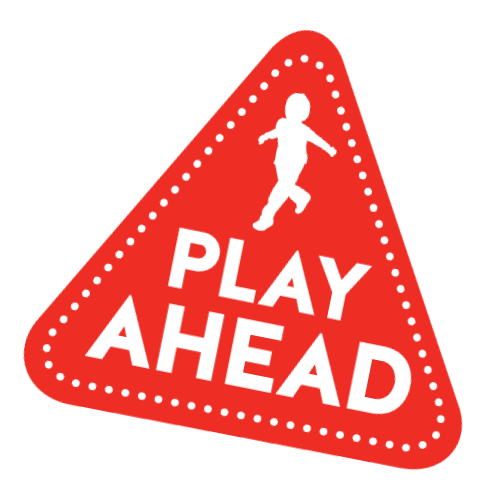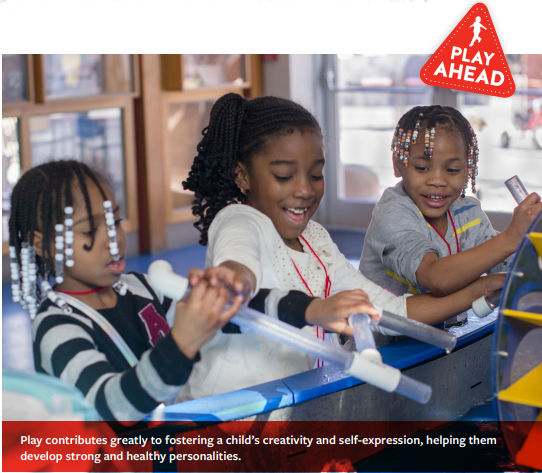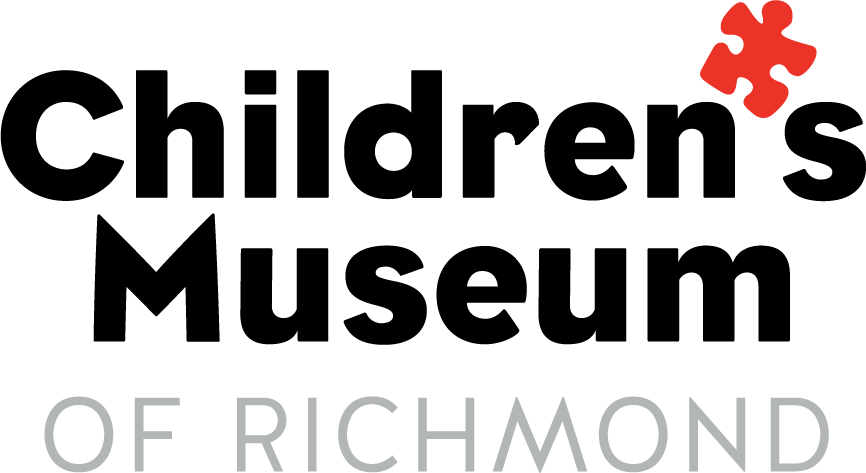Play Ahead – Why Play?
Benefits Far Beyond Simply Having Fun Fred Rogers, the host of the long-running children’s show “Mr. Roger’s Neighborhood,” once said that “play is really the work of childhood.” It’s true — just as work is important for any adult’s success and sense of well-being, play is a crucial aspect of a child’s development. Why? For…
Published on April 3, 2020

Benefits Far Beyond Simply Having Fun
Fred Rogers, the host of the long-running children’s show “Mr. Roger’s Neighborhood,” once said that “play is really the work of childhood.”
It’s true — just as work is important for any adult’s success and sense of well-being, play is a crucial aspect of a child’s development. Why? For almost as many reasons as there are ways to play!

Play offers an unbeatable chance for parents and caregivers to connect with their child, teaching them the rules and expectations of being part of both a family and a community. Meanwhile, as children grow and their experiences expand beyond their immediate family, play helps to teach them how to act around others, along with how they prefer to be treated themselves.
Engaging in play also fosters a child’s creativity and self-expression, helping them develop strong and healthy personalities. Different types of play, and different types of playtime activities, can impact a wide range of early childhood development attributes — from technical skills such as reading comprehension, problem-solving and growing their vocabulary, to emotional skills such as strategies for dealing with and reducing anxiety and stress.
Play helps children increase their knowledge base, too — when children play ahead, they get ahead. Recent research makes clear that play has a positive impact on a child’s academic performance — and the more often they engage in play in an environment like the Children’s Museum, the more likely they are to find success in the classroom. Through play, children learn to think, create and exercise mental recall. Play also gives children the chance to test their emerging beliefs about the world, and when children are involved in make believe play, they’re not only creating internal stories about themselves and the roles they’re playing, but also strengthening their language skills at the same time.
Play is often the first occasion a child has to truly explore the world around them, helping them develop a healthy sense of self-confidence along with the ability to recover quickly when setbacks arise, by allowing them to express their views, experiences and, at times, frustrations. And play allows children to be creative and develop their own imaginations, which is an important component to healthy brain development. Sizes, shapes and textures? Children encounter them and learn from them during play, recognizing shared relationships between objects by matching and sorting. Books, games and toys that show pictures and matching words, meanwhile, further assist in adding to a child’s vocabulary. And perhaps one of the most important reasons to play? It’s just plain fun!
Play connects a child with their imagination, their family and the world, encouraging learning that serves them well throughout their lives. Of course, when they’re having fun, children may be too busy to notice how much they’re learning! Visit any of the four Children’s Museum locations today to enjoy unique exhibits and new experiences, which are always designed to promote learning through play!
